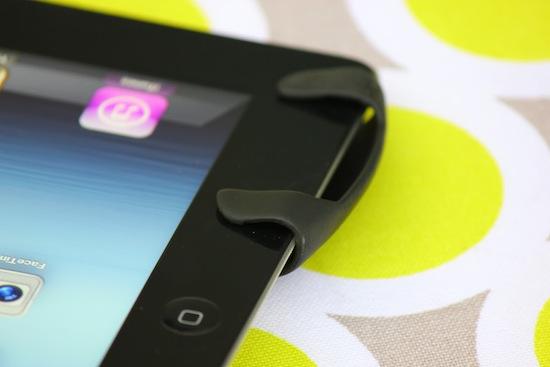
Over time, the popularization and advancement of mobile technology has warranted the creation of some pretty unique attachments and accessories. Just to name a few, companies have created pocket-sized Bluetooth keyboards, interchangeable camera lenses, snap-on kick stands, wireless speakers, wireless charging mats for cell phones and tablets.
More ideas go unfinished and incomplete, however, than those that are completed. Manufacturing, marketing and all the other necessary steps in creating and selling a new product, especially funding, can be daunting – and can even stand in the way – for some.
And that's where Kickstarter comes into play.
What is Kickstarter, you ask? Kickstarter is a website where those with unique and sometimes otherwise impossible ideas and aspirations can seek crowd funding to help get their project off the ground. By offering some incentives, such as the product itself, early access to services or a t-shirt, the team behind the project asks for donations from backers. Based on how much money a backer pledges, they get different rewards in return for helping fund the project.
What happens is the team behind the project sets a funding goal and a deadline by which they have to meet that goal. If the funding goal is not met by the deadline, the project does not get funded and backers are never charged. If funding is successful, the project continues and backers will receive their rewards once they become available.
To date, the most successful Kickstarter project is the Pebble E-Paper Watch for Android and iPhone by Allerta, the makers of the inPulse Smartwatch for BlackBerry. Originally pursuing a funding goal of $100,000, the team behind Pebble closed funding on their Kickstarter project early. After just 37 days, the project raised $10,266,845 by 68,929 backers, pre-selling .
Pebble is certainly one of the coolest Kickstarter projects to come along in a while. But it's not things like another ol' smartwatch that make Kickstarter so unique.
Back in February, I wrote about a project called cellhelmet, an iPhone case with an interesting perk. On the outside, cellhelmet looks like your average TPU gel case, but it comes with an included offer. Register within 30 days of purchase and you also get one year of protection for your device. If you phone breaks while it is in a cellhelmet, you pay a $50 handling fee and shipping and your iPhone will either be repaired or replaced. Not a bad deal, eh?
Another awesome project that recently found its way on Kickstarter is Twig, “the amazing ultra-portable cable for your iPhone.” Jason Hilbourne, the brain behind Twig, aims to create the perfect iPhone cable for on the go. Not unlike a Gumby figurine, Twig is an iPhone cable with three “wire skeleton” legs that can be bent and twisted to turn it into a kickstand, dock or just a really short cable. It also works well as a headphone wrap. Simple yet very effective and cool.
Possibly the most intriguing yet simple project I've seen, though, is SoundJaw (pictured above). SoundJaw is a clip-on attachment for almost any phone or tablet that boosts the speaker sound by directing sound towards the user instead of away. Tiny things like this are what Kickstarter is best for.
Kickstarter for me, however, is trouble. I am an accessory junkie. Every little knickknack and tinker toy that will make my smartphones or iPad more efficient, fun or practical must be mine. I love cases, speakers, lenses, etc. I love attachments, add-ons and beautifully simple, ingenious solutions. I backed Pebble, cellhelmet and SoundJaw so far, and I'm on the fence about Twig. And just last week, my first Kickstarter reward came in the mail, cellhelmet.
There is no doubt that you can find some of the most interesting and ingenious knickknacks – things you won't find anywhere else – just by spending a few minutes on Kickstarter.
Are you a sucker for a neat Kickstarter project, too? Have you backed any projects? And have any of the rewards from the projects you've backed arrived yet?
Image via SoundJaw Kickstarter